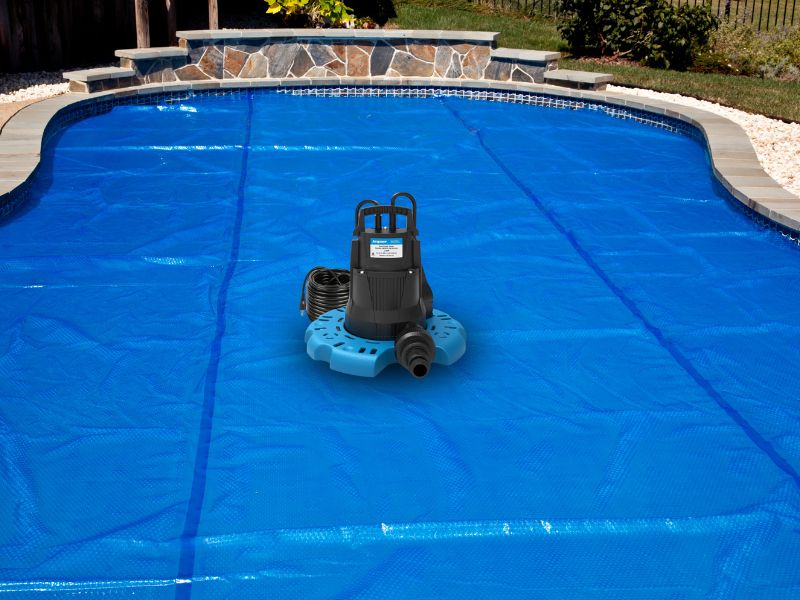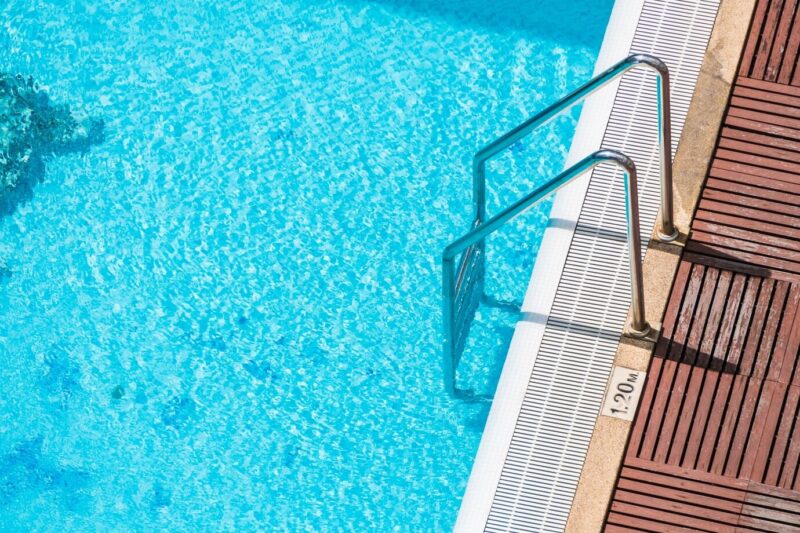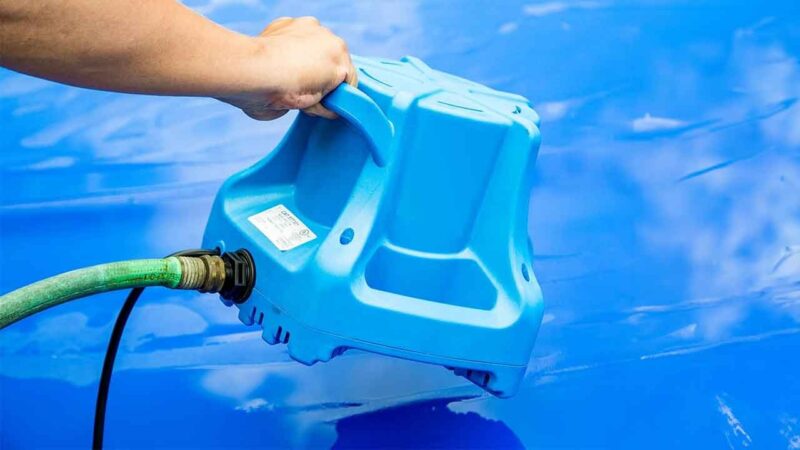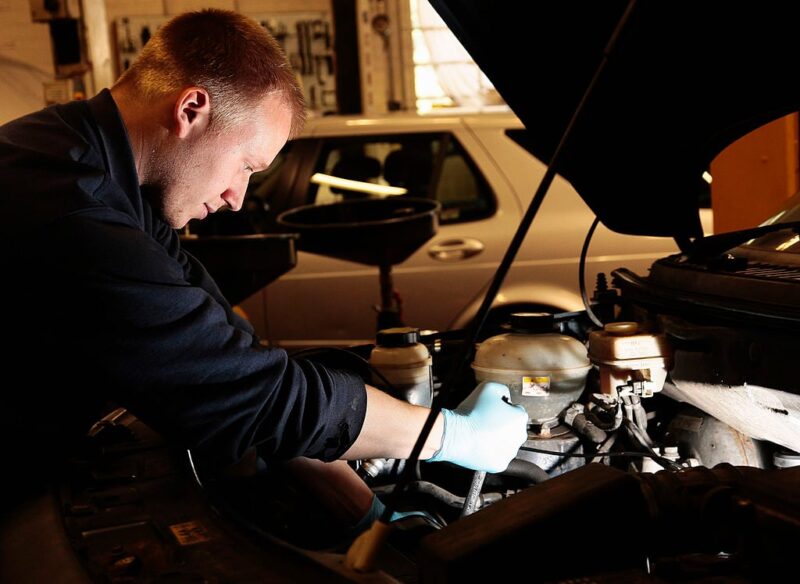Pool cover pumps play an essential role in maintaining your pool during the off-season or when it’s covered for any reason. They remove water that collects on the surface, preventing damage and ensuring the longevity of the pool cover itself. Without a proper solution, accumulated water can lead to unnecessary weight and even cause damage to the cover or pool.
Understanding how pool cover pumps function can help pool owners make informed decisions. This guide will provide a detailed explanation of the different types of pumps, their benefits, and how they operate.
How Do Pool Cover Pumps Work?
These pumps work by using suction to remove standing water. The process begins when water collects on top of the cover. A number of pumps rely on manual activation, but the best pool cover pumps have automatic switch that detects the presence of water. Once the water reaches a certain level, the pump activates, drawing water away from the cover and preventing heavy accumulation.
Water is drawn through an intake valve, which then directs it to an outlet hose. The pump will continue operating until the water is removed. The pump size and power will determine how fast the water is cleared. Most pumps can handle varying levels of water accumulation, whether it’s a small puddle or several inches of rain.
Manual pumps require more user interaction. You need to start and stop the process. They are often more affordable but require a bit more attention. On the other hand, automatic pumps do the work on their own, making them a convenient option for busy pool owners.
Types of Pool Cover Pumps
There are two main types of pumps: manual and automatic. Both offer different benefits and are suited for different needs.
Manual Pool Cover Pumps
Manual options are more basic. They require activation by the user. Once the pump is placed on the cover, you switch it on to begin removing the water. These pumps are ideal for smaller pools or for those who don’t experience heavy rainfall. The primary benefit is cost-effectiveness, but they require more time and attention.
Automatic Pool Cover Pumps
Automatic models feature sensors that detect the presence of water. They turn on and off automatically when water levels rise or fall. This hands-off approach makes them ideal for pool owners who don’t want to spend time monitoring water buildup. These pumps are generally more expensive but offer convenience and reliability, especially in areas prone to heavy rain.
The Role of the Pump in Pool Maintenance

A pool cover is a valuable asset. It protects the pool, reduces debris buildup, and maintains water quality. However, water that accumulates on the surface can lead to several problems.
First, the weight of standing water can stretch or damage the cover. Over time, this can weaken its integrity. A damaged cover leaves the pool exposed to the elements and can lead to costly repairs. Second, standing water can become a breeding ground for insects, mold, and algae. This creates a potential health hazard and requires additional cleaning efforts.
Choosing the Right Pool Cover Pump
When selecting a pump, consider the size of your pool and the average rainfall in your area. A small, manual one may be sufficient for a small pool in a dry region. However, for larger pools or areas that experience heavy rain, an automatic pump with a high flow rate may be more appropriate.
Look for durable materials that can withstand outdoor conditions. Rust-resistant models will ensure longevity. The power of the pump is another important factor. Higher power results in faster water removal, which is essential during heavy rain.
Some models also offer freeze protection. This prevents the pump from malfunctioning during colder months. Depending on your climate, this feature may be worth the investment.
Installing a Pool Cover Pump
For manual pumps, place the unit on the lowest point of the cover, ensuring that it sits flat. Attach the drainage hose and position the other end where you want the water to go. Once everything is in place, turn on the pump.
For automatic pumps, installation follows a similar process. Place the unit on the cover, attach the hose, and ensure everything is secure. It will activate automatically when water is present, so there’s no need for constant supervision.
Maintaining Your Pool Cover Pump
Like any other equipment, proper maintenance is key to prolonging the life of your pump. Regularly inspect the unit for any debris that may have gotten stuck in the intake valve. Clean it after each use, and store it properly during the off-season to prevent damage.
It’s also important to check the electrical components of automatic pumps. Ensure that all wires are intact and that the unit is functioning properly before heavy rain arrives.
Common Issues and Troubleshooting

Over time, pumps may experience issues like slow drainage or complete shutdown. Often, debris buildup is the culprit. If the pump fails to remove water, check for blockages in the intake valve or hose. Cleaning it regularly will help prevent these problems.
If your automatic pump isn’t working, inspect the sensor. It may have become stuck or malfunctioned due to wear and tear. Some models allow for sensor calibration, so check the manual for specific instructions.
Benefits of Using a Pool Cover Pump
Without a pump, water can accumulate and cause permanent damage. This results in costly repairs or replacements. Pumps also make pool maintenance easier. Instead of manually removing water, it handles the task quickly and efficiently. Automatic ones are especially convenient, as they require no monitoring.
Finally, using a pump helps maintain the overall cleanliness of your pool. By preventing water buildup, you reduce the risk of algae, insects, and other unwanted problems that thrive in standing water.
Final Thoughts
Investing in a reliable pump is essential for maintaining your pool. Whether you choose a manual or automatic model, using a pump ensures that water doesn’t accumulate and cause damage. Regular use will protect your cover, reduce maintenance efforts, and prolong the lifespan of your pool equipment.









